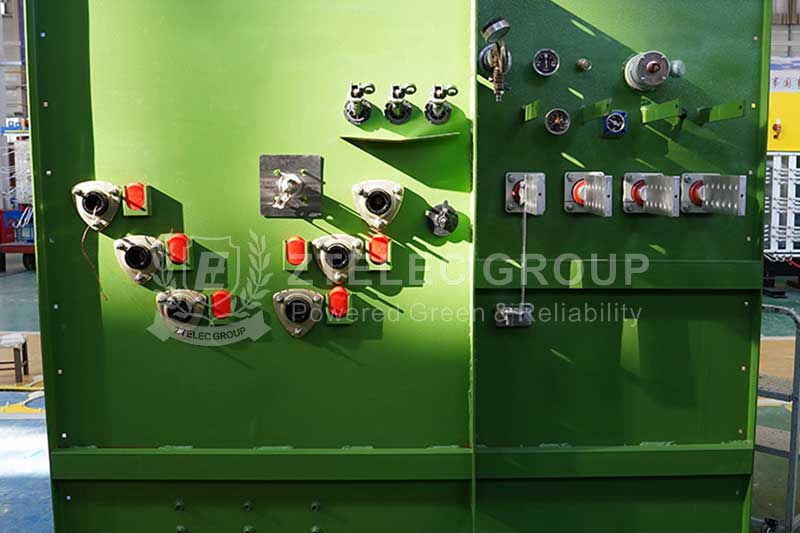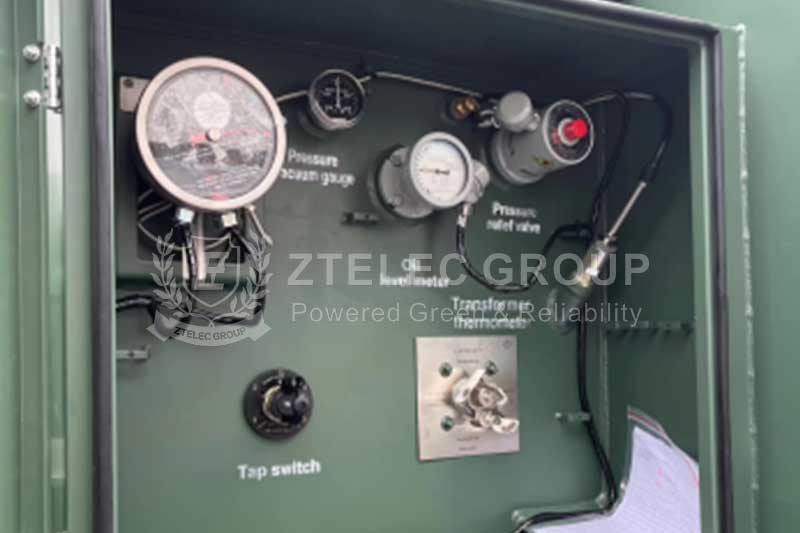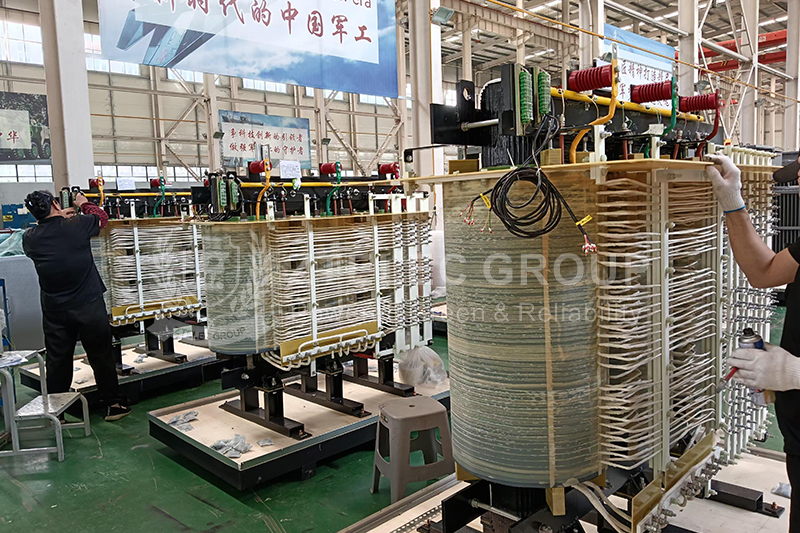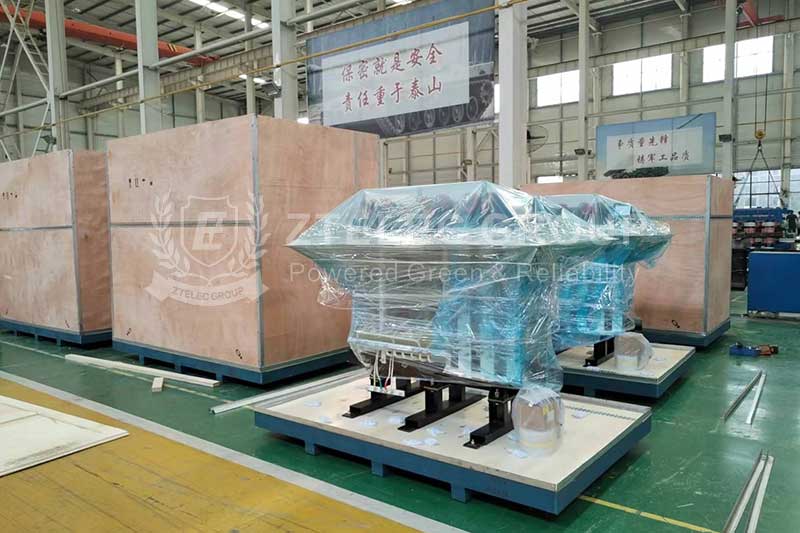What is a tap changer?
A tap changer is a device used to change the turns ratio of the high and low voltage windings of a transformer, which adjusts the output voltage. In a power system, the voltage at each location is not exactly the same due to line voltage drop and other reasons. In order to output the rated voltage at different locations, multiple taps are set on the high voltage winding of the transformer, which are connected to the power grid through a tap changer. By adjusting the position of the tap changer, the turns ratio of the high and low voltage windings of the transformer can be adjusted, thereby adjusting the output voltage.

Types of tap changers
Tap changers are mainly divided into two types: off-excitation tap changers and on-load tap changers.
1.Off-excitation tap changer: This type of switch can be changed without applying voltage to the transformer to change the voltage ratio of the transformer. Generally speaking, the tapping range of off-excitation voltage regulation will not exceed ±5%. Depending on the number of phases and the voltage regulation location, off-excitation tap changers can be further subdivided into single-phase and three-phase, neutral point voltage regulation, middle voltage regulation and line end voltage regulation.
2. On-load tap changer: Different from the off-excitation tap changer, the on-load tap changer can switch the tap when the transformer is energized, which enables the transformer to continuously adjust the output voltage without power outage. On-load tap changers usually require more stringent type tests, including contact temperature rise tests and switching tests, to ensure their stable and reliable performance.
The location and function of the tap changer
The tap changer is usually installed on the upper or lower part of the transformer housing as a voltage regulating device for the transformer.
Specifically, the tap changer has two positioning points, one is the positioning point for the head coil, and the other is the positioning point for the tail coil. The sliding contact led out of the tap changer can be inserted into each positioning point to change the turns ratio of the coil and then adjust the output voltage. When the grid voltage changes, it is only necessary to move the sliding contact from one positioning point to another.

Application scenarios
Tap changers are widely used in power systems, including but not limited to the following aspects:
Distribution transformers: In distribution systems, tap changers are used to maintain voltage stability and ensure the normal operation of power equipment. When the system voltage is higher or lower than the rated voltage, the output voltage can be reduced or increased by adjusting the position of the tap changer.
Special purpose transformers: In equipment such as arc furnaces that require frequent voltage adjustment, the application of on-load tap changer is particularly important. It ensures that the arc furnace can obtain a stable voltage supply at different working stages, thereby improving production efficiency and product quality.
Grid regulation: In the power grid, tap changers are also used to adjust voltage to ensure the stability and reliability of the power system. By adjusting the position of the tap changers, the voltage distribution in the power grid can be balanced, reducing voltage fluctuations and losses.
Use and maintenance of tap changers
When using tap changers, you need to follow the operating instructions strictly and ensure that the tap changers is in a certain state. In addition, you need to pay attention to the protection of the tap changers to prevent external dust and moisture from entering the tap changers to affect its working effect. If the tap changer is damaged or malfunctioned, it needs to be replaced or repaired in time.
- more+releated article
- 2025-12-13How to Select and Use Phenolic Cloth-base Lami
- 2025-12-13How Much Does Bakelite Sheet Cost? 2025 Price
- 2025-12-13Why are most 3240 epoxy boards yellow?
- 2025-12-13What are the Main Applications of FR4 Epoxy Bo
- 2025-12-13Why Does the Price of Insulating Paperboard Va
- 2025-12-13Heat-Resistant DDP Insulation Paper
- 2025-12-13Comparison of Heat-Resistant DDP Insulating Pa
- 2025-12-13G10 and FR4 Epoxy Boards: Commonly Used for Ge
- 2025-12-13The Price of Heat-Resistant DDP Insulation Pap
- 2025-12-13How to Choose Epoxy Laminate Materials for Gen





